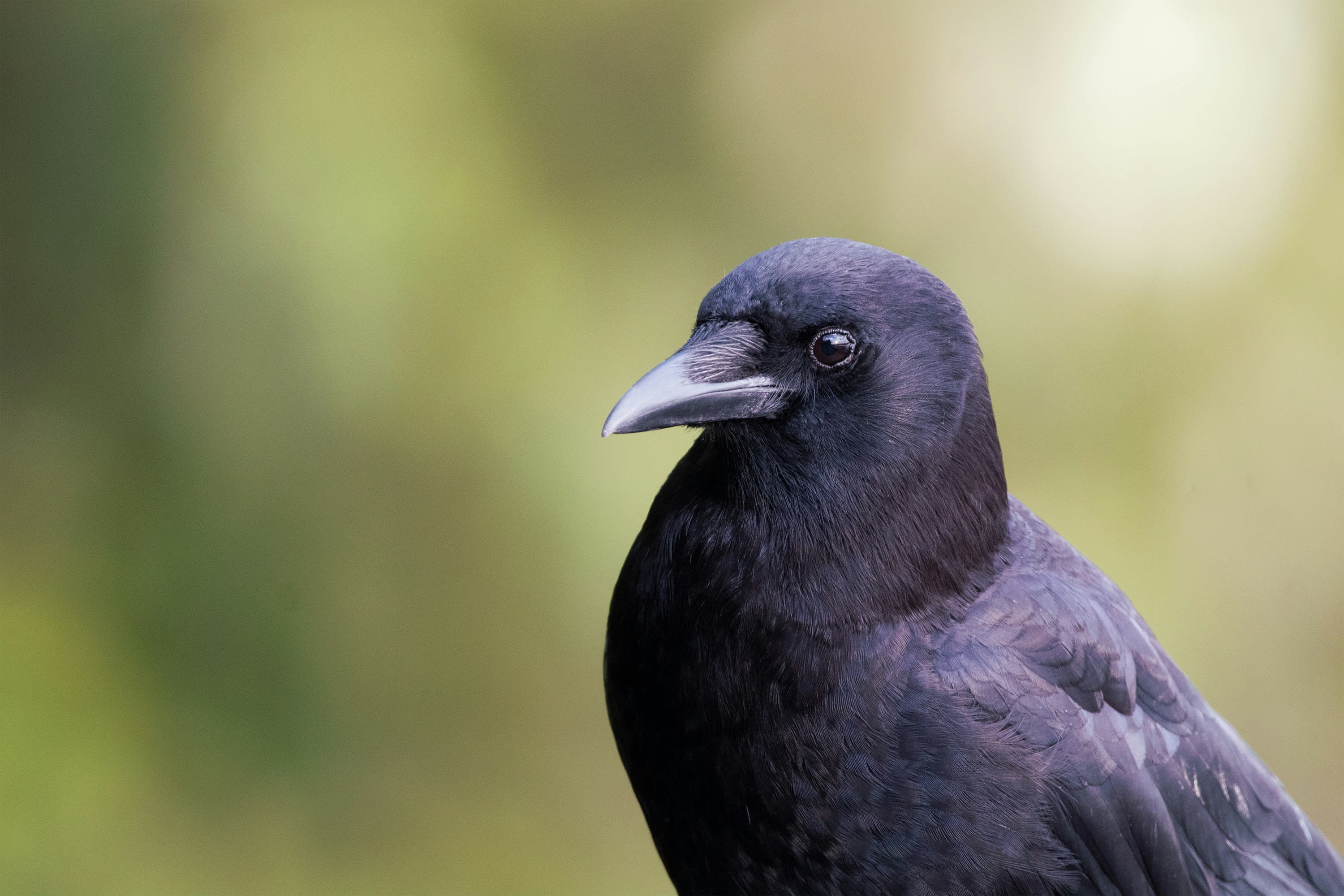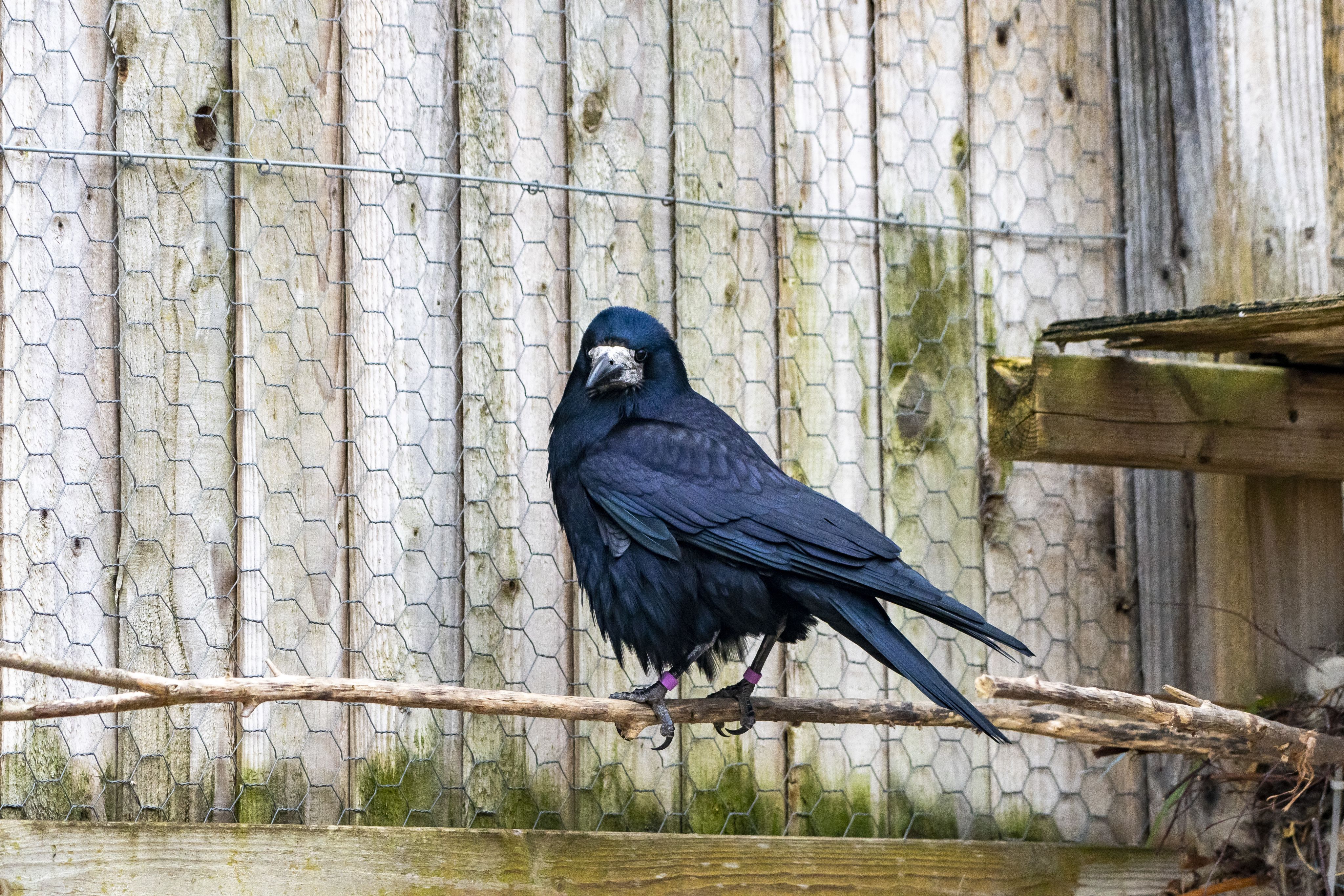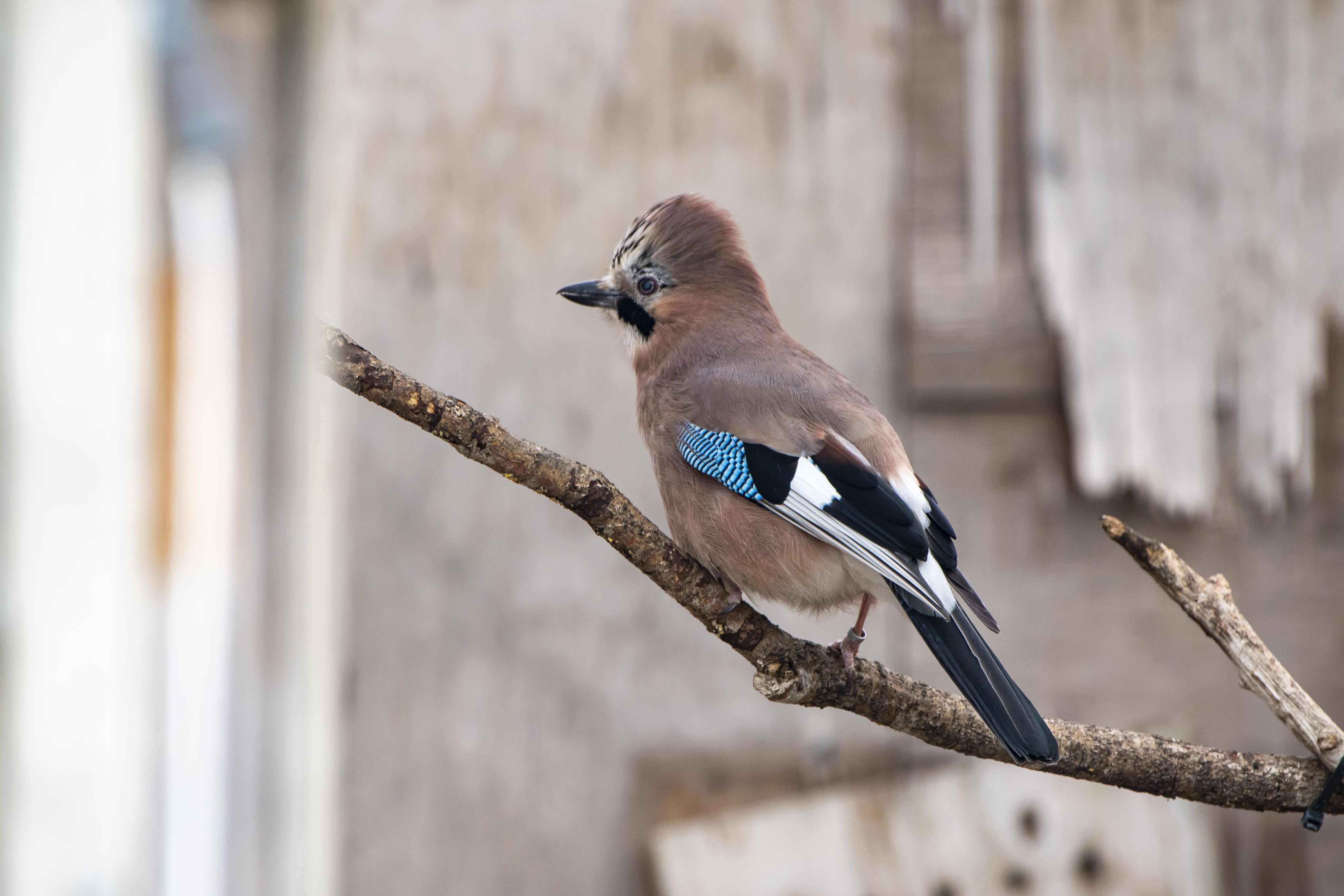How animals think

It is therefore no surprise that in 2024 Nicky received the Lifetime Achievement Award from the Comparative Cognition Society. This
award honours scientists who have made major contributions to the understanding of animal cognition.
Professor Clayton’s research primarily focuses on the cognitive abilities of non-human animals, particularly corvids (crows, jays, magpies, rooks and ravens). Her work explores various aspects of avian cognition, including memory, problemsolving, and social behaviour. Her research revolutionised the field by showing that corvids are capable of remembering the past and planning for the future, and can also consider what other individuals might be thinking and use this when anticipating the future. This evidence challenged traditional views that attributed such cognitive abilities solely to humans, and suggests that intelligence may have evolved independently in a variety of distantly-related animals.
Some of Nicky’s most recent work has extended her findings from corvids to cephalopods (cuttlefish, octopus and squid.) For example, she has shown that cuttlefish, like corvids, can pass the ‘marshmallow test’: resisting a small reward now in expectation of a larger reward a few minutes later. Furthermore, if they learn that their favourite shrimps are on the menu for dinner, they will eat less crab at lunch time.
For more than two-and-a-half decades, Professor Clayton has personally raised corvids, closely observing and studying their behaviour. Every day, Nicky, along with several PhD students and post-doctoral researchers, dedicates time to interact with rooks and jays, keenly examining their problem-solving abilities.

Professor Nicky Clayton
Professor Nicky Clayton
Recent studies have even included magic, to investigate blind spots in seeing and roadblocks in thinking in both jays and humans. Jays have
experiential memories of what they think happened, and make predictions about what they think will happen next. Some of these expectations, however, differ from those of humans because the expectations depend on whether the audience has wings or hands. Like hands, wings can be used to conceal important information but there are some movements that only thumbs and fingers can make. To investigate this further, Nicky and her team investigated monkeys because all monkeys have hands, but only some species of monkeys have opposable thumbs. What Nicky found was that the monkeys with opposable thumbs such as capuchins were fooled in the same way as humans. By contrast, monkeys without opposable thumbs, such as marmosets, behave just like the jays. These findings reveal the importance of embodied cognitions: the way in which we move, and the structures we have to move with, shape the way we think, the way we interpret what we think we saw, and what we think we remembered.
Nicky’s work is wide-ranging both in terms of its scope and the species she works with. But the overarching theme through all of her work is her passion for birds and her love of corvids in particular. Eighteen months ago, however, years of work nearly came to an end when the funding ran out for Nicky’s research laboratory, affectionately known as the Corvid Palace. Undeterred, Nicky reached out to the public and academic community for support. The response she received was, she says, ‘truly humbling’, showcasing the generosity and solidarity of individuals who were captivated by Nicky and her birds. The fact that £750,000 was raised is a testament to the impact her project had on the hearts of the nation. This financial support, combined with matched funding from Cambridge University, played a crucial role in saving the Corvid Palace.
Nicky’s research facility is a labour of love, with four separate aviaries housing thirty birds. Nicky’s relationship with the birds is built on trust and respect; she spends countless hours playing with each individual bird, highlighting the depth of her connection and emphasising the importance of understanding and bonding.

Leonidas (Leo)
Leonidas (Leo)
Bio: Leo is the current leader and protector of the rooks. Leo will be
the first to inspect any sign of danger and try to scare away any
new people with his loud calls and acrobatic displays. He will also be
the first to participate in any new experiments, once he inspects the
‘danger’ and discovers that it results in treats instead. He is pair-bonded to Cassandra and always brings her some of his spoils to share.
Age: 23 years
Special skill: Vocal command obedience: he knows ‘wait... go!’,
‘come here’, ‘speak’, and ‘up’, to high accuracy, for multiple experimenters.
Personality quirk: Leo is a glutton — there are not enough waxworms on planet earth to satisfy his appetite. He will regularly and voluntarily complete 100+ trials a day for worms, and then complain when the experimenter runs out of them.

Romero
Romero
Bio: Romero is a bold and sassy Eurasian jay. He loves to follow
experimenters around, mimicking their human speech. He is one of
the smartest of the bunch, preferring to observe an experiment for a while until he has figured it out and then participating in a professional, business-like manner. He also loves to take naps on high perches and observe unrelated experiments from his vantage point.
Age: 16 years
Special skill: Vocal mimicry, including ‘I love you’ followed by
the sound of blowing kisses.
Personality quirk: Romero pretends to be an aloof, uninterested participant until he decides to act at the last moment, surprising everyone.
When not in the aviaries. Nicky’s second love is dance (though a recent broken foot has meant more focus on choreography than movement). A tango and salsa specialist, Nicky is fascinated by the links between science and dance and is Scientist in Residence at Rambert Dance Company where she collaborates with world renowned choreographer Mark Baldwin. She sees much in common between the elegance, beauty and showy displays of a bird and the Argentine tango. ‘My favourite tango moves are the ones where I feel I’m flying and that carries through to my intellectual life. I’ve always been fascinated with birds, with how they move and how they perceive the world.’
Despite all these successes, there are changes ahead. Funding for the Corvid Palace is only secure until 2027, and Professor Clayton will likely retire in 2029; she has already begun the search for her successor. Who else will dedicate their life to raising these animals and continue to contribute to the science behind cognition in different species? One thing is for certain: this is a large nest to fill.

